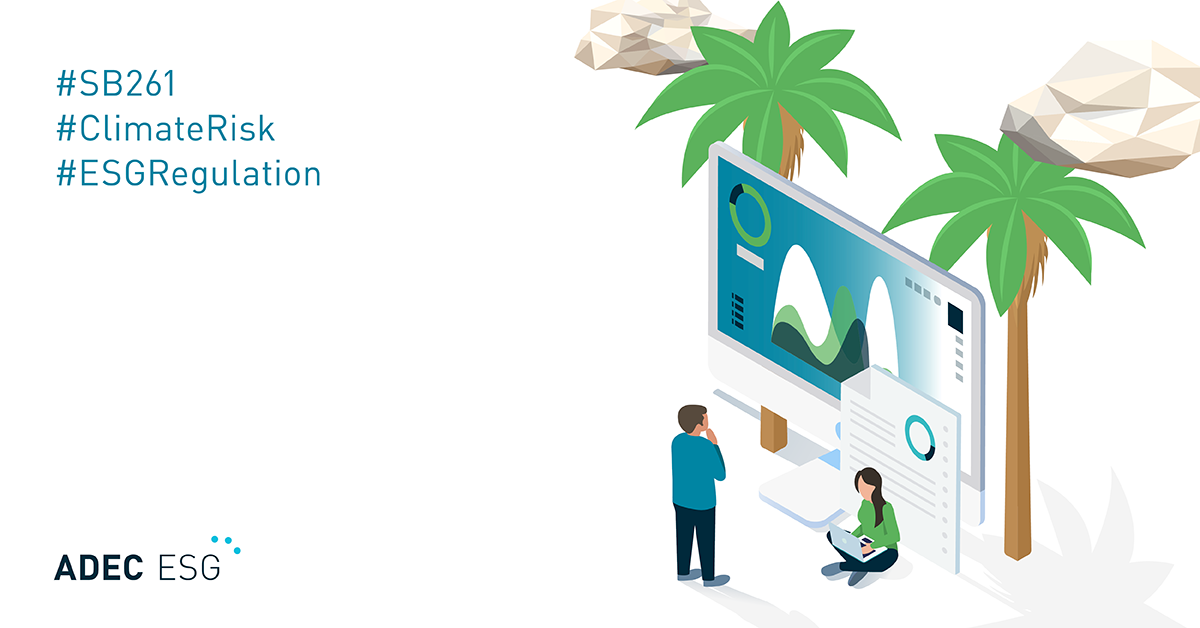Even the most meticulously planned project can run into hot water. No matter how carefully laid your plan is, it can encounter unexpected issues you may not be prepared to handle. How should you operate in these unpredictable situations? A risk management plan can impact the identification and analysis of potential risks that may undermine your project, the methods you can use to avert the risk, and the effects of unavoidable risks.
What are the steps in developing a risk management plan?
1. Identify Risks
Brainstorm with your team to create a checklist of possible risk sources and potential risks based on the team’s experience from past projects. Identify possible sources of risk by category. Some categories for potential risks are technical, cost, schedule, client, weather, financial, political, environmental and management. By having a preview of the possible risks, it will be easier to establish their impact, as well as practical and economical strategies to solve them.
2. Assess the Impact of Risks
After identifying the potential risks, the team should then evaluate each risk for the probability of its occurrence and the cost or consequence of the potential loss associated with it. How will this risk impact a project? What can be done to lessen the likelihood of each risk? What can be done to control the effects of the risk should it occur?
3. Analyze Risk Priorities
Once you have assessed the severity of your risks, you should now prioritize the unacceptable risks that need to be treated. Some risks will require immediate treatment while others can be monitored and treated later. List the impact per mode of treatment, people in charge of treatment, costs involved, advantages of the treatment, probability of success, and instruments to measure the success of treatment.
4. Plan, Implement, and Monitor Progress of Risk Management Plan
There are several approaches that your team can take to mitigate risks. Each can be an effective tool in managing the impact and reducing the risk profile of the project:
- Risk Avoidance. Eradicate the threat by getting rid of the cause
- Risk Sharing. Partner with others to share responsibility for the risky activities; partnering with another company to share the risk associated is advantageous when the other company has expertise and experience the project team does not have
- Risk Reduction. Invest funds to reduce the risk; one example is hiring an expert to review the technical plans or manage high-risk activities
- Risk Transfer. Shift the risk from the project to another party through insurance, outsourcing and joint ventures.
As you implement your risk mitigation strategies, you will need to test, evaluate and update your Risk Management Plan regularly, as changes in your business, industry and the environment you operate in may happen any time. Developing an effective plan may help keep small issues from evolving into a crisis. A reliable and current plan may also help you resume operations quickly after an adverse situation.
FirstCarbon Solutions’ (FCS) performance management experts will guide you in tracking and managing the performance of every component of your operations and processes for optimal resource use, cost savings and compliance. To read more about Our Perspective, subscribe to our monthly newsletter, GreenWatch.




